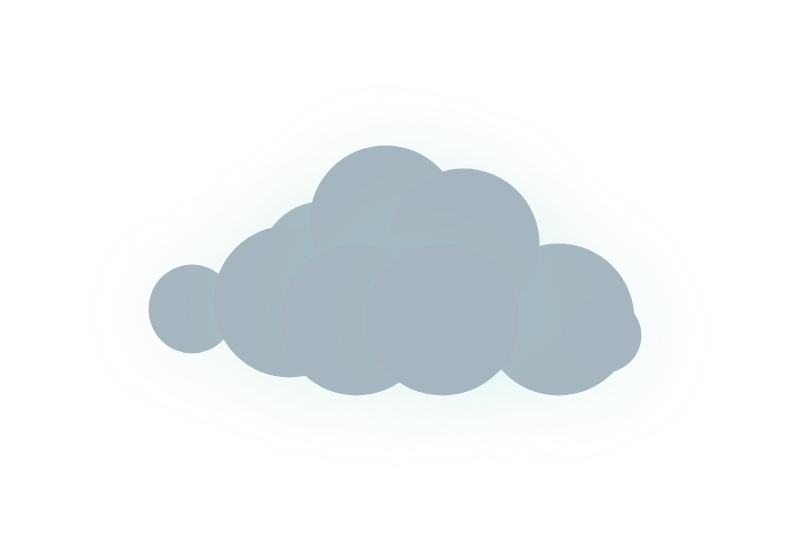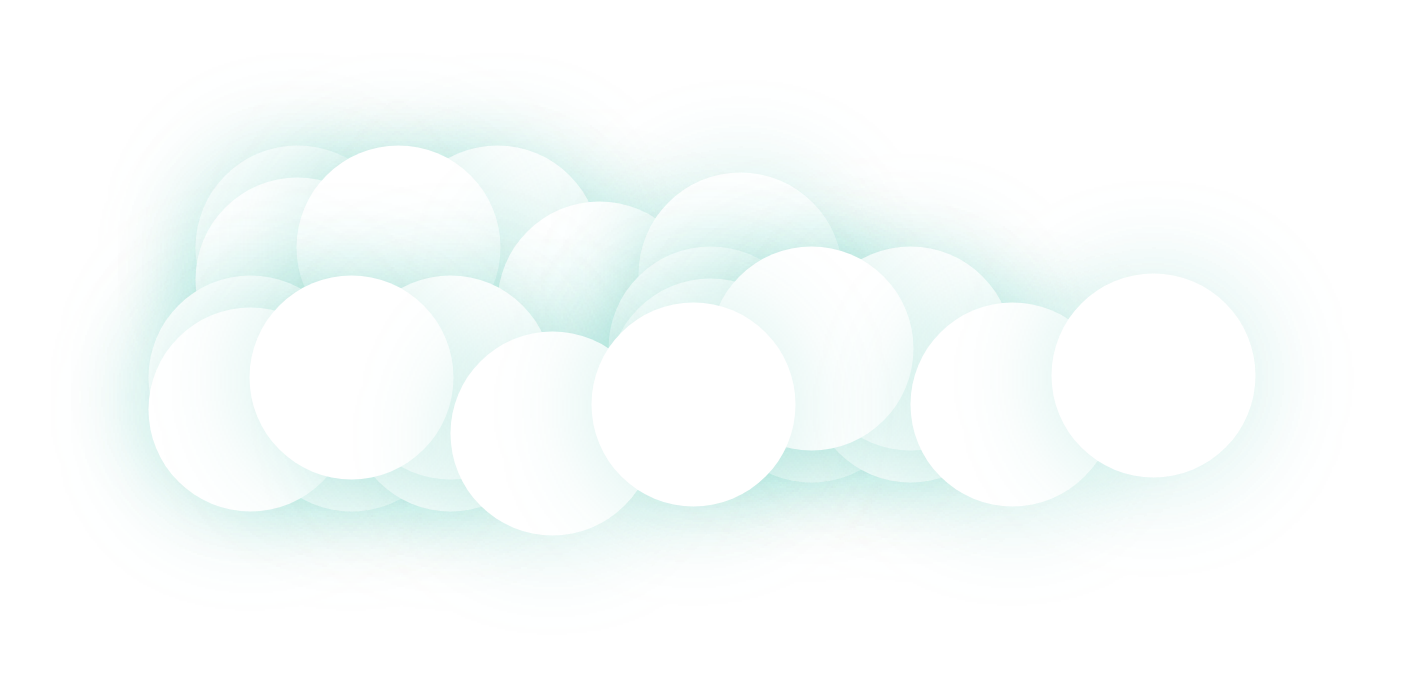How does your consumption work?
Turn your appliances on and off to see how it affects your bill in 24h
Power x Time = Energy
Wash
1,200 W
0h
Work
15 W
0h
Charge
750 W
0h
Cool
2,250 W
0h
Total usage cost in a month
0.00 kWh x $0.12 kWh x 30 days =
At the flip of a switch the grid gets to work, requesting energy to be generated and supplied as the demand fluctuates throughout each day or season. The supply of energy is managed live without buffer in the US, and thus when there’s a miss alignment in what people need vs what the grid can provide, we have outages.


Not all outages are made equal
People losing power can happen for many reasons and with different levels of consequences.Demand
According to Cleveland Public Power: “Several days in a row of high electrical demand during a heat wave can create stress on electrical equipment, sometimes causing system overload. Overloaded equipment can overheat and sometimes fail, which can cause dim or flickering lights, as well as other power related problems including outages.
Brownouts
Intentional brownouts are used for load reduction in an emergency. The reduction lasts for minutes or hours, as opposed to short-term voltage sag (or dip). The term brownout comes from the dimming experienced by lighting when the voltage sags. A voltage reduction may be an effect of disruption of an electrical grid, or may occasionally be imposed in an effort to reduce load and prevent a power outage known as a blackout. Different types of electrical apparatus will react in different ways to a sag. Some devices will be severely affected, while others may not be affected at all.
Blackouts and losing the grid
A blackout is a complete interruption of power in a given service area. Blackouts can
come
without
warning, last for indeterminate periods, and are typically caused by catastrophic
equipment
failure or severe weather.
Rolling blackouts typically occur with at least some advance warning, normally last for
a
fixed
length of time, and are deliberately produced by utility companies. They can be used as
a
means of
coping with peak power demands that cannot be met from existing supply.
Grid down means living without electricity (and everything that runs on electricity)
for
an
extended period of time; many months and possibly years. It is not just a temporary,
short-term
power outage.
Other reasons why power goes out
People losing power can happen for many reasons and with different levels of consequences.


Unplanned outages
39%
Equipment
7%
Weather, including lightning, wind, rain, heat, cold, snow and ice
28%
Fallen trees and limbs, and tree growth into power lines
10%
Animal contact
8%
Human accidents, vandalism, etc.
8%
Miscellaneous, including mechanical damage, construction errors, fires, etc
Planned outages
We sometimes interrupt service for maintenance work. We work to inform you and your community in advance of such outages.
Momentary outages
Power outages of less than 5 minutes are considered momentary. Such outages are caused by wildlife, weather or trees making brief contact with our electric lines, or by contractor dig-ins into underground facilities.



Steps to restore power
Safety
Ensure areas with downed equipment area safe.

Repair damaged substations serving large numbers of people
Substations are the main brain of the transmission and distribution of electricity.

Restore service to critical facilities
Restore service to hospitals as well as public safety, water treatment and other critical facilities.

Repair main distribution lines serving large areas and neighborhoods
Restore service to hospitals as well as public safety, water treatment and other critical facilities.

Fix outages in smaller areas and to individual homes and businesses

